5. Edge of Tomorrow
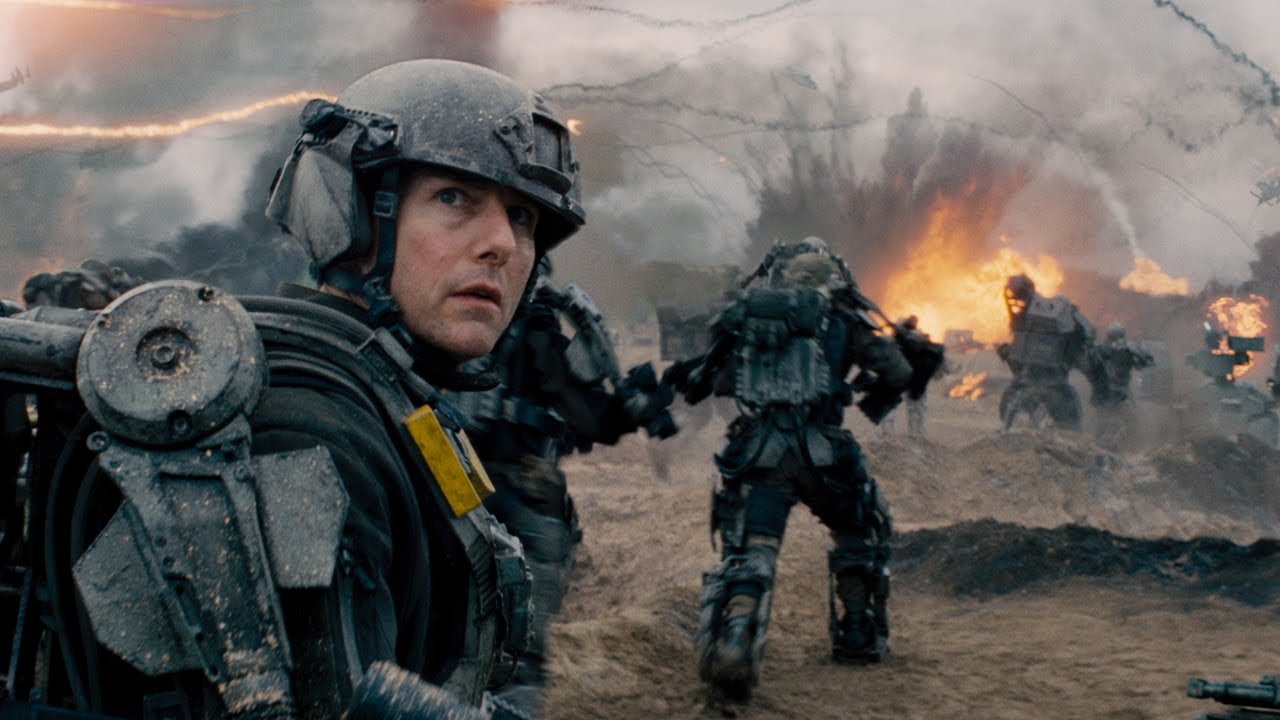
Budget: $178,000,000
Domestic Gross: $100,206,256
Worldwide Total: $370,541,256
We may have been blessed with a sequel, but seriously, the secondary life of the summer 2014 surprise that was Edge of Tomorrow has been bumpy. Aside from the stupidity of changing the name of the film to its tagline Live. Die. Repeat., now the studios have incorporated this idiocy into the sequel’s title Live Die Repeat and Repeat.
For Tom Cruise, Edge of Tomorrow saw the continuation of his lessening box office draw outside of the Mission: Impossible franchise, and last months’ The Mummy only proved this further. But seeing this Japanese sci-fi novel adaptation, spearheaded by Cruise’s best work in the past decade, was a treat for those who made it to the theaters. It just felt like a more natural return to him bringing in big money with an original film, at least more than Oblivion.
From the natural humor of its premise to the grit and thrill of its D-Day-plus-killer-aliens setting to the repartee between Cruise and Emily Blunt – who essentially owns the movie – very little went wrong here. But despite its catchy Groundhog’s Day meets War of the Worlds scenario, Edge of Tomorrow barely inched past the 100 million mark, while only a few weeks after its release hoards of people saw Transformers: Age of Extinction.
The power of Rotten Tomatoes to give films box office boosts seems only to increase, but back in 2014 a 90% plus score didn’t help this film. Edge of Tomorrow’s life post-theaters has hopefully left a slightly larger audience hungry for more, so here’s to hoping Doug Limon’s second film earns its lucky greenlight.
4. Hugo
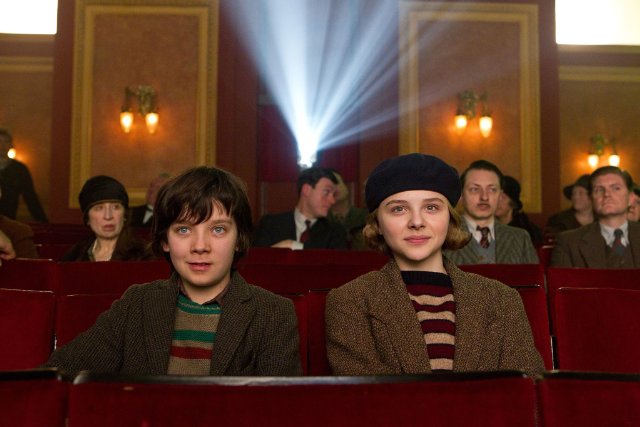
Budget: $180,000,000
Domestic Gross: $73,864,507
Worldwide Total: $185,770,160
Martin Scorsese is locked into his gangster side in terms of box office profits – leaving more challenging works like Silence, which took him an eternity to get off the ground, with little recognition from all audiences.
Chief of these recently was 2011’s Hugo, which felt personal to Scorsese on many levels, primary of which being his unadorned love for film. Tracing the original magic back to the early days of cinema, the films 3-D is pretty spectacular in and of itself, capturing the antiquity of cinema through a digitally enhanced children’s film; the visual result is both quaint and yet so entrancing.
Asa Butterfield was at his height of leading young adult-aimed fare of this sort, his innocence and amusing friendship with Chloë Grace Moretz’ character providing a composite view of childhood curiosity and the innate wonder of movie-going.
That lofty price tag and unmarketable premise though pretty much sealed the film’s ill fate from the offset. Hugo, though forgotten more than the likes of popular, more Scorsese-esque works like The Departed and The Wolf of Wall Street, is still one of the finest films of his late career.
3. Scott Pilgrim vs The World
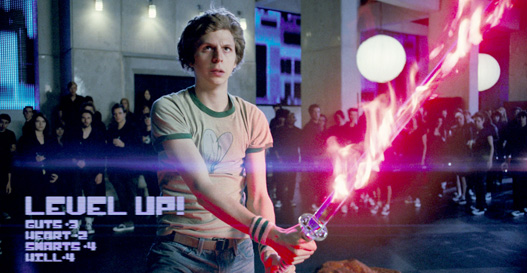
Budget: $85,000,000
Domestic Gross: $31,524,275
Worldwide Total: $47,664,559
Baby Driver will hopefully put Edgar Wright further toward the front of the cinematic landscape, but it’s still a shame that few filmgoers found their way to Edgar Wright’s first non-British visual symphony.
After establishing such a cult following with the first two installments of the Cornetto trilogy and Spaced, American fans of the talented director didn’t justify Scott Pilgrim’s curiously sizable cost. But with more at his disposal, the insane visuals throughout make this perhaps his most purely entertaining attempt to date. Too bad the subculture of hipsters waiting for an adaptation of the Scott Pilgrim property didn’t help the disappointing numbers of this ingeniously edited and paced film.
Scott Pilgrim vs the World was also Michael Cera’s last real hurrah as a comic leading man, and he was surrounded by a wild, shrewd spectacle to counter his typical beta, mawkish charm. The film’s late summer release in 2010 should have yielded quite the breakout hit as a very original project with little competition. For every attribute this film has, poor marketing ultimately cast this gem out from the collective consciousness.
2. Master and Commander: The Far Side of the World
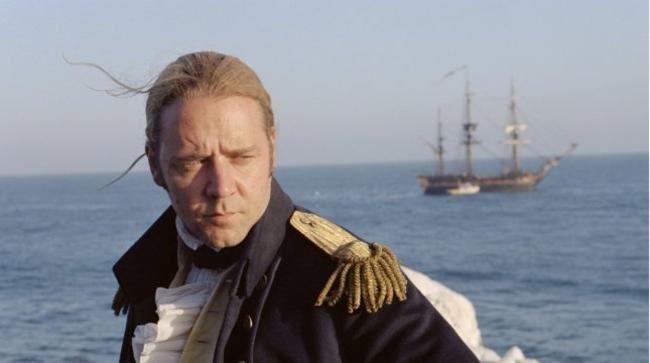
Budget: $150,000,000
Domestic Gross: $93,927,920
Worldwide Total: $212,011,111
Not only was Master and Commander one of the best films of 2003 – and one of the best adventure films of the 21st century – it was the start to what could have been the most intellectual series of historical action films cinema has ever seen.
Patrick O’Brien’s lengthy 20-book series of British naval war books during the Napoleonic Era has brought the prolific author to literary fame, but Peter Weir’s ambitious undertaking received a fraction of the attention it deserved and has been cursed with a less than propagating shelf life. The Far Side of the World stands as the lone entry, David and Goliath on the high seas, with Russell Crowe’s towering Captain Jack Aubrey embarking across two oceans to wrangle the powerful French vessel The Acheron or “Phantom” with their sturdy but much quainter ship The HMS Surprise.
The film’s thoughtfully constructed sequel stinger teased the continuation of a series that ran aground out of the gate, grossing too much to call it a flop but not nearly enough to cause any fuss. Weir is even quoted stating how lukewarm reception ultimately sealed the fate of the potential Aubrey-Maturin film series – “I think that while it did well…ish at the box office, it didn’t generate that monstrous, rapid income that provokes a sequel.” And in late 2010 Russell Crowe urged fans on Twitter to contact Tom Rothman of Fox, and it didn’t help revive the cause.
To this day though, Master and Commander remains one of the most sophisticated blockbusters ever conceived, its small-scale story unfolding into an epic of intimacy and meticulousness.
The films realism, exquisite photography, brilliant supporting cast led by Paul Bettany, awe-inspiring balance of choice classical music and Iva Davies score all converge at the summit of a perfect historical fantasy. It provides a peek into a lost, outdated world that, for taking place over two centuries, is presented very much as modernity.
The film itself is told in an episodic nature, and its several shifts from dilemma to dilemma form a genuine slice of Royal Navy life. Released among what people really want from sailing ships in the first Pirates of the Caribbean, Master and Commander bored many mainstream audiences with its lack of action and patient pace.
The Far Side of the World is the most real of film spectacles, with great characters and virtuosic filmmaking. It’s the kind of the film that seems to be from out of the past, but with the technology to make everything we see believable nowadays, we should ideally see more films like this in the future.
1. Watchmen
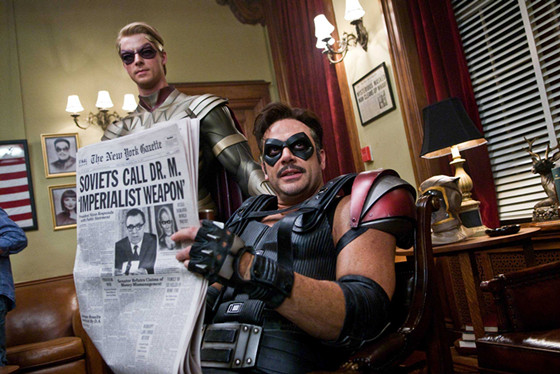
Budget: $130,000,000
Domestic Gross: $107,509,799
Worldwide Total: $185,258,983
Sometimes it seems that Zack Snyder is vehemently trying to prove he is not a good director. Before he was ruining DC films like there’s no tomorrow (Man of Steel, BvS: Dawn of Justice, and at least some of the forthcoming Justice League film) he was still making terrible films – and some of his best.
300 is still massively overrated but at least Sucker Punch was punished financially for its obscenities. On the flipside Legend of the Guardians, like Rango, is a children’s film just unrecognizable enough to be ignored by the public, and is arguably his most agreeable film, capitalizing heavily on his signature visual style for the better.
But Watchmen, surely Snyder’s most ambitious and polarizing film, qualifies as his masterpiece if you can consider him to be one who could produce such a thing. No film has ever suited his aesthetic temperament so well, and the sprawling film has many moments of fascinating spectacle that far outweigh a few moments of cringe-worthiness.
What’s most regrettable about the weak box office response is how great the source material is. The world and ideas of Watchmen satisfy every craving a mainstream public could have after believing in the artistic possibilities of superhero films in the wake of the pop culture moment that was 2008’s The Dark Knight.
People come out in droves for the predictable fun of Marvel’s endless cycle of comic book adaptations, but somehow this serious try directed little more than the fans of the source material to the epicly lengthed graphic novel adaptation of Watchmen.
Sure, DC proved that imitating Christopher Nolan was not the road to creating good films within a cinematic universe now that Wonder Woman has exploded. But looking back, Watchmen was a moment in which the public insatiable desire for superhero films should have been quenched and then some by this bold vision of what so many films capture as camp and recyclable escapism.
Author Bio: Ian Flanagan is an aspiring writer on film from Pittsburgh and a recent graduate from Pitt with a degree in Film Studies. You can view his film reviews and past published work at filmbriefing.com.